Rising Demand for Energy-Efficient Solutions
The increasing emphasis on energy efficiency is driving the Special Glass Market. As consumers and businesses seek to reduce energy consumption, the demand for energy-efficient glass solutions is on the rise. Special glass products, such as low-emissivity (Low-E) glass, are designed to minimize heat transfer, thereby enhancing energy efficiency in buildings. According to recent data, the market for energy-efficient glass is projected to grow at a compound annual growth rate (CAGR) of approximately 8% over the next five years. This trend is likely to be fueled by stringent regulations aimed at reducing carbon footprints and promoting sustainable building practices. Consequently, manufacturers in the Special Glass Market are increasingly focusing on developing innovative glass solutions that meet these energy efficiency standards.
Growing Construction and Renovation Activities
The ongoing expansion of construction and renovation activities is a key driver for the Special Glass Market. With urbanization and population growth, there is a heightened need for residential and commercial buildings, which in turn increases the demand for specialized glass products. In recent years, the construction sector has experienced a robust recovery, with investments in infrastructure projects reaching unprecedented levels. This trend is expected to continue, with the construction industry projected to grow at a CAGR of around 5% over the next decade. Consequently, the demand for special glass, which offers aesthetic appeal and functional benefits, is likely to rise. Architects and builders are increasingly incorporating special glass solutions into their designs to enhance energy efficiency, safety, and overall building performance.
Technological Advancements in Glass Manufacturing
Technological innovations are significantly influencing the Special Glass Market. Advances in manufacturing processes, such as the introduction of automated production lines and improved glass tempering techniques, are enhancing the quality and performance of special glass products. These advancements not only increase production efficiency but also enable the creation of specialized glass types, such as self-cleaning and anti-reflective glass. The integration of smart technologies, including sensors and electronic controls, is also becoming more prevalent, allowing for the development of dynamic glass solutions that can adapt to environmental changes. As a result, the market is witnessing a surge in demand for high-performance glass products that cater to diverse applications, from architecture to automotive industries.
Increased Focus on Aesthetic Appeal in Architecture
The special glass market is witnessing a shift towards aesthetic appeal in architectural designs. As consumers become more discerning about the visual aspects of buildings, architects are increasingly incorporating special glass products to create striking facades and interiors. This trend is particularly evident in commercial buildings, where the use of glass can enhance natural light and create a sense of openness. The demand for decorative glass, such as patterned and colored glass, is also on the rise, as it allows for greater customization in design. Market data suggests that the decorative glass segment is expected to grow at a CAGR of approximately 6% in the coming years. This focus on aesthetics is likely to drive innovation in the Special Glass Market, as manufacturers strive to meet the evolving preferences of architects and designers.
Regulatory Support for Sustainable Building Practices
Regulatory frameworks promoting sustainable building practices are significantly impacting the special glass market. Governments worldwide are implementing stringent building codes and standards that encourage the use of energy-efficient materials, including special glass products. These regulations often mandate the incorporation of sustainable materials in new construction and renovation projects, thereby driving demand for special glass solutions that meet these criteria. For instance, many regions have adopted green building certifications that require the use of low-emissivity glass and other energy-efficient products. As a result, manufacturers in the Special Glass Market are increasingly aligning their product offerings with these regulatory requirements, which not only enhances their market competitiveness but also contributes to broader sustainability goals.


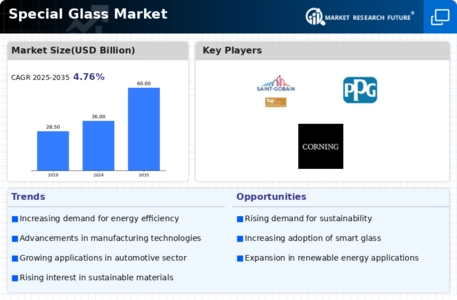
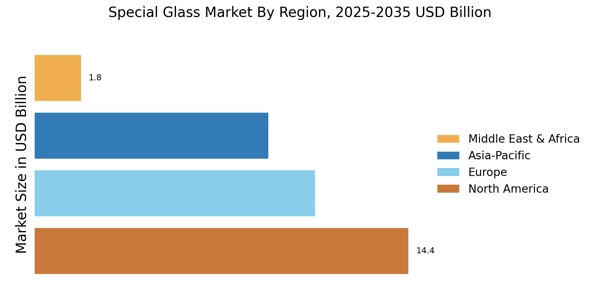


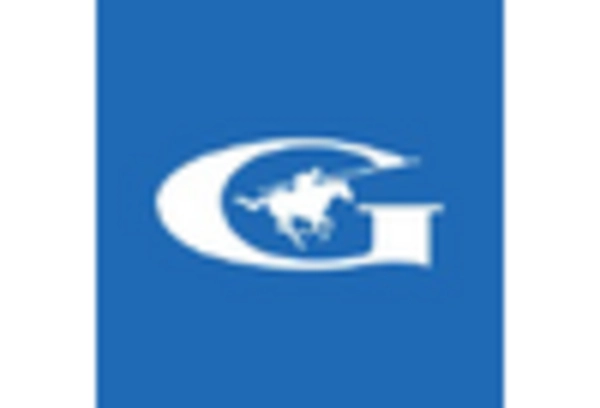
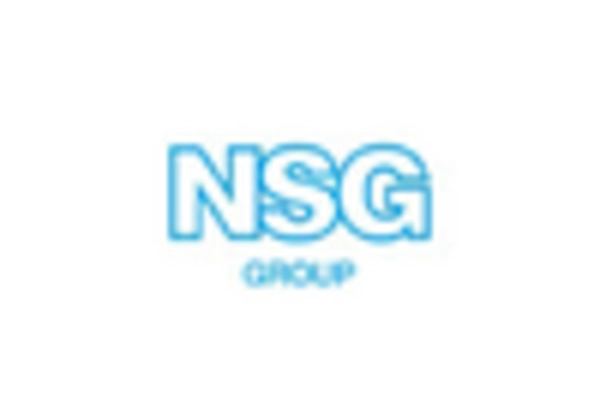

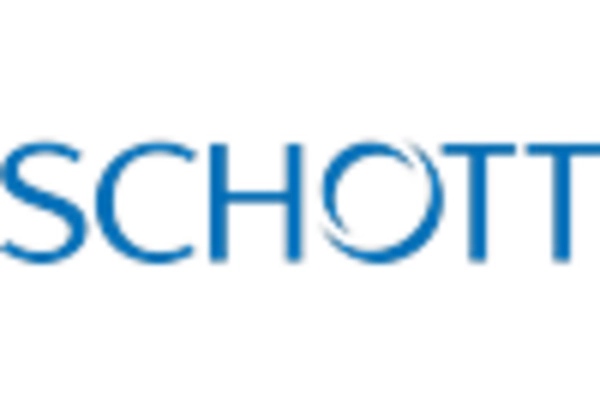








Leave a Comment